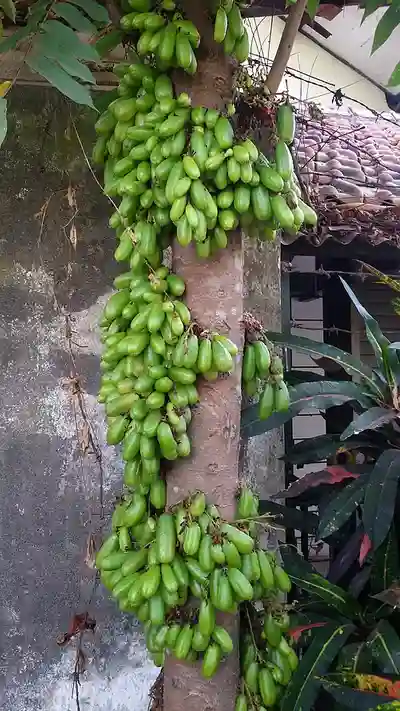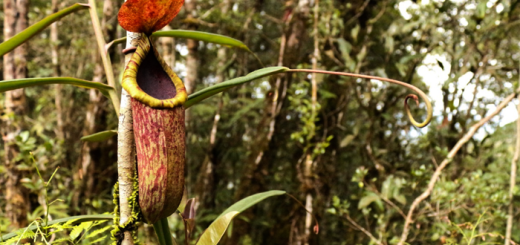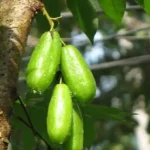Kamias – The Sour Fruit with a Surprising Punch

In the vibrant gardens and backyards of tropical countries like the Philippines, Indonesia, and Malaysia, a humble green fruit often dangles from tree trunks or branches like clustered jewels. This sour, finger-like fruit is called Kamias — also known as iba in some Filipino regions or bilimbi internationally. Despite its understated appearance, kamias is a culinary and medicinal powerhouse that’s deeply woven into local traditions.
What Is Kamias?
Kamias (also known as bilimbi, cucumber tree or tree sorrel) (scientific name: Averrhoa bilimbi) belongs to the same family as the starfruit (Averrhoa carambola). Its small, elongated, cucumber-like shape, vibrant green skin, and intensely sour taste make it hard to forget. The tree itself is a small to medium-sized tropical plant with a distinct habit of growing its fruits directly from the trunk and larger branches.
Culinary Uses
Kamias is widely celebrated in Filipino kitchens for its sharp sourness, which makes it an excellent natural souring agent. It’s commonly used in:
- Sinigang: An iconic Filipino sour soup where kamias is sometimes used as a substitute for tamarind or calamansi.
- Paksiw: Fish simmered in vinegar, often with kamias added for an extra layer of tang.
- Preserves and candies: In some regions, kamias is sweetened and dried to make chewy, tangy snacks.
- Condiments: Crushed kamias can be mixed with salt, chili, or shrimp paste to create flavorful dipping sauces.
In other Southeast Asian countries, Averrhoa bilimbi is also pickled or added to spicy sambals and curries.
Health Benefits
Beyond its culinary charm, kamias is loaded with health benefits:
- Rich in vitamin C: It boosts the immune system and promotes skin health.
- Natural remedy: Traditionally used to manage coughs, colds, and even high blood pressure.
- Anti-inflammatory properties: Its leaves and fruits are used in folk medicine to reduce swelling and treat skin conditions.
- Low in calories: A great choice for those looking to manage weight while keeping meals flavorful.
However, the fruit is highly acidic, so it should be consumed in moderation to avoid upsetting the stomach or damaging tooth enamel.

Kamias tree full of fruits – Creative Commons | Author: Okkisafire – Source: https://commons.wikimedia.org/wiki/File:Javanese_belimbing_wuluh.jpg
In the Garden and Beyond
Averrhoa bilimbi trees are easy to grow in tropical climates and require minimal maintenance. They are not just appreciated for their fruits but also for their ornamental value. The clusters of light green fruit and small red flowers make it a unique addition to any backyard.
A Fruit Rooted in Tradition
Kamias holds a special place in many local cultures. In rural Philippine communities, elders often recall chewing its fruit as a childhood treat or using its juice to clean tarnished metal — a testament to its versatility. Today, with the renewed interest in natural, sustainable ingredients, kamias is enjoying a quiet resurgence.
Kamias – A Tangy Treasure
It may not be as globally famous as mangoes or bananas, but its culinary versatility, health benefits, and cultural significance make it a fruit worth celebrating. Whether you’re cooking a hearty sinigang, preparing traditional remedies, or simply curious about tropical flavors, kamias is a tangy treasure waiting to be explored.
Learn more about trees in The Philippines.
References:
https://en.wikipedia.org/wiki/Averrhoa_bilimbi










